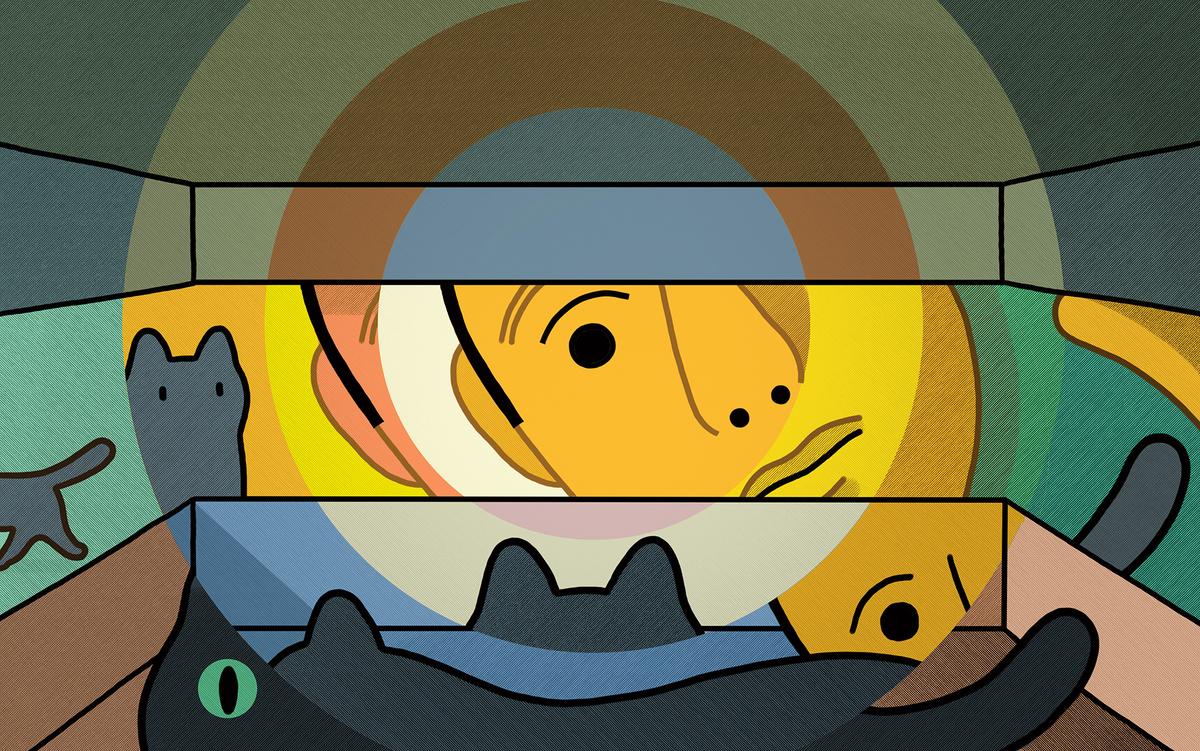Schrödinger's Cat: A Thought Experiment That Continues to Haunt Science

In 1935, Erwin Schrödinger proposed the famous "Schrödinger's Cat" thought experiment, using a cat that is both dead and alive to satirize the interpretation problems of quantum mechanics. This article traces the journey of this experiment from an obscure physics argument to its permeation into popular culture and its prompting of widespread philosophical reflection. Schrödinger's cat was not intended to describe reality, but rather to reveal the paradox of "superposition" in quantum mechanics: the state of a microparticle is uncertain before observation, and only observation can cause it to "collapse" into a definite state. The article explores the views of different physicists, including the Copenhagen interpretation and the many-worlds interpretation, and ultimately attributes the popularity of Schrödinger's cat to its prompting of reflections on human choices and fate, as well as its opening up of the imaginative space of parallel universes.